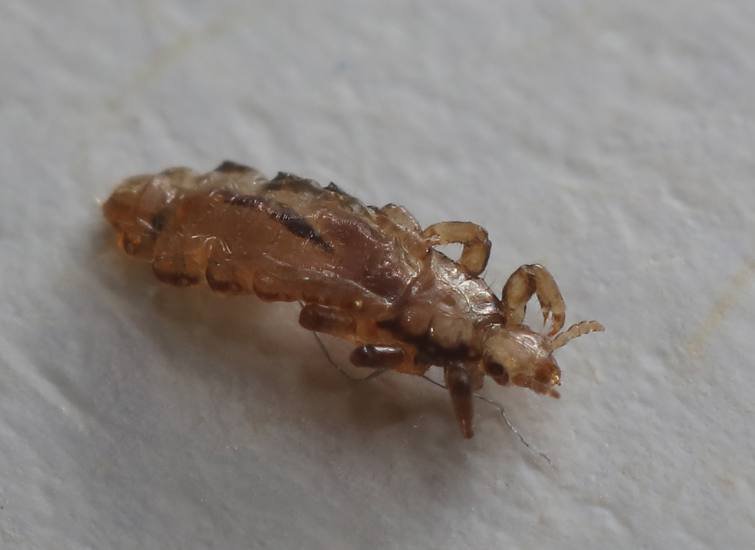Discovering lice can be a concerning experience, but the ability to check for them at home empowers you to take swift action. If you’re wondering how to check for lice by yourself, this guide will provide step-by-step instructions to help you detect and address a potential lice infestation.
Understanding the Signs of Lice
Before diving into the inspection process, it’s crucial to recognize the common signs of a lice infestation. Itching is the primary symptom, particularly around the scalp, neck, and ears. Keep an eye out for small, crawling insects and tiny white or yellowish eggs (nits) attached to individual hair strands.
Step-by-Step Guide to Checking for Lice
1. Well-Lit Environment
Begin in a well-lit room with natural light if possible. Adequate lighting is essential for spotting lice and their eggs.
2. Section Your Hair
Divide your hair into sections using clips or a comb. This makes it easier to inspect small portions of your scalp thoroughly.
3. Use a Fine-Toothed Comb
Choose a fine-toothed lice comb for the examination. Comb through each hair section from the roots to the tips, checking for both adult lice and nits.
4. Focus on Hotspots
Pay special attention to hotspots such as the back of the head, behind the ears, and the nape of the neck. Lice tend to lay their eggs in these warm and hidden areas.
5. Identify Lice and Nits
Identify adult lice crawling on the scalp and look for nits attached to the hair shafts. Nits often resemble tiny yellow or white specks, and they are commonly found close to the scalp.
6. Check Clothing and Bedding
Inspect your clothing, bedding, and personal items for any signs of lice or nits. Wash and dry these items on high heat to eliminate any potential infestation.
What to Do If You Find Lice
If you discover lice during your self-check, it’s essential to take immediate action. Purchase a pediculicide treatment, following the instructions carefully. Additionally, inform close contacts such as family members, classmates, or colleagues, so they can also check for lice.
Variations of the Question
Now that you know how to check for lice by yourself, you may have additional questions:
Can I use natural remedies to get rid of lice?
While some natural remedies may help, it’s crucial to use proven treatments like pediculicides for effective lice removal. Consult with a healthcare professional for guidance on alternative options.
How often should I check for lice?
Regular checks, especially after potential exposure or if you experience itching, are recommended. Early detection allows for prompt treatment and prevents the spread of lice.
Are lice only found in children?
No, lice can affect individuals of any age. While they are more common in children due to close contact in schools, adults can also contract lice through various means.
Conclusion
Knowing how to check for lice by yourself empowers you to take control of your situation and address a potential infestation promptly. By following these step-by-step instructions, you can confidently inspect your scalp and hair, ensuring early detection and effective treatment if lice are found. Stay vigilant, and don’t hesitate to seek professional advice if needed.
Remember, maintaining good hygiene practices and informing those around you about potential exposure are crucial steps in preventing the spread of lice.
External Resources
For more information on lice prevention and treatment, refer to reputable sources such as the Centers for Disease Control and Prevention (CDC) and the American Academy of Dermatology (AAD).


